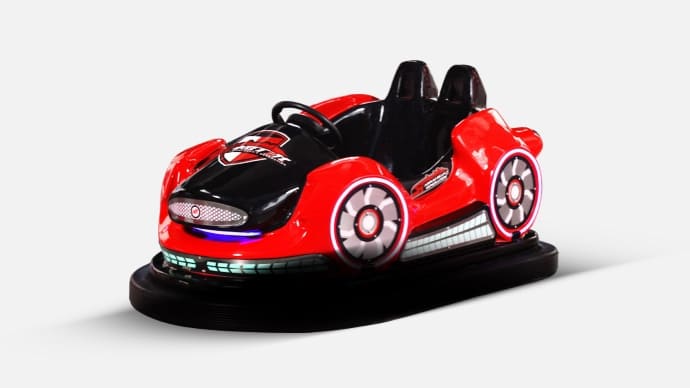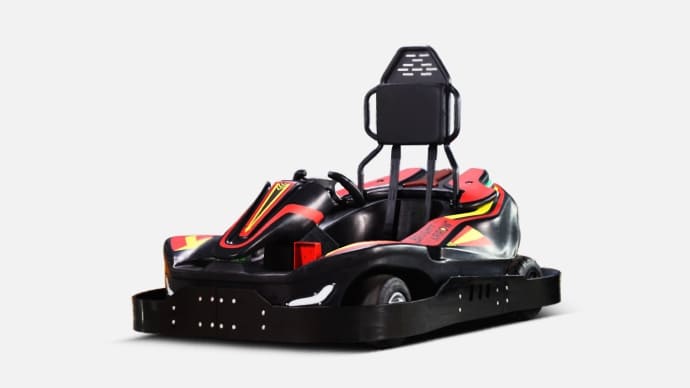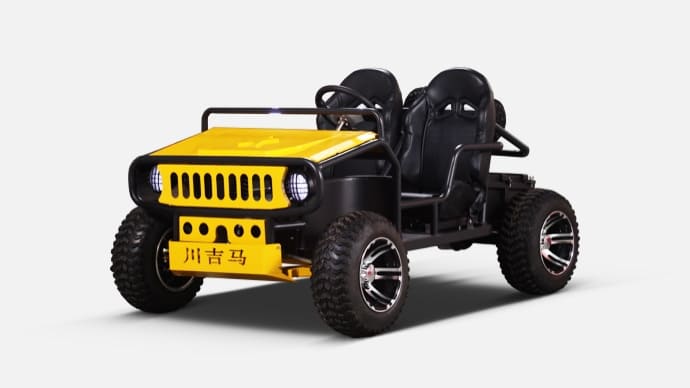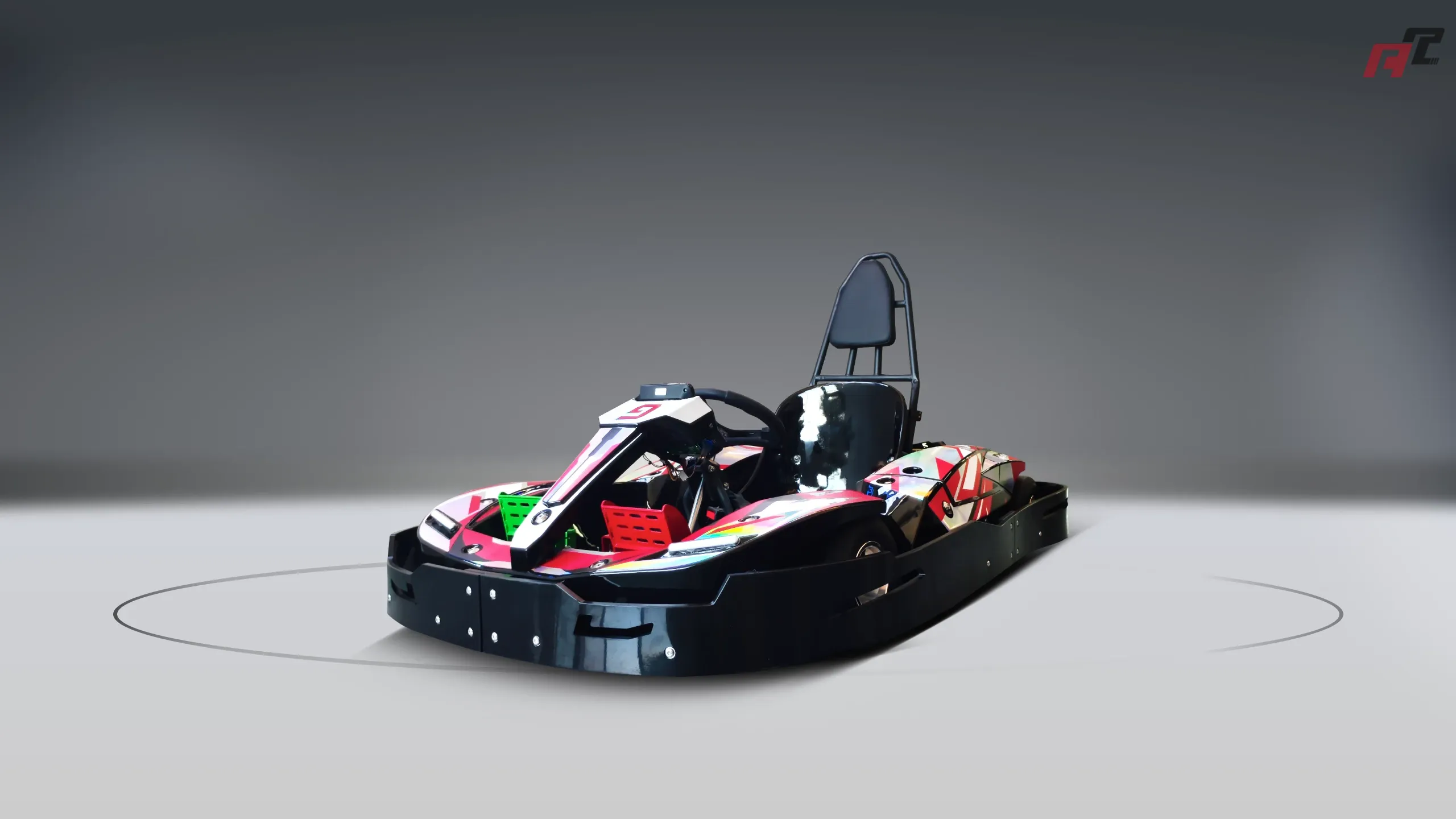how do bumper cars move | ANCHI Expert Guide
This blog explores how bumper cars move, addressing top user questions about their mechanics and operation. It also provides professional insights for go kart industry buyers, covering design, power systems, safety, and market trends with the latest data. Learn essential procurement tips and discover why ANCHI stands out in this competitive market.
How Do Bumper Cars Move? Understanding the Basics and Go Kart Procurement Insights
Bumper cars, also known as dodgems, are a staple of amusement parks, providing fun through controlled collisions. But how do they operate? In this blog, we’ll answer the most common questions about bumper car movement while diving into professional knowledge for go kart industry procurement, helping buyers make informed decisions with the latest industry data.
What Powers Bumper Cars and How Do They Move?
Bumper cars are electrically powered vehicles that draw energy from either the floor or ceiling of the ride arena. According to historical and technical information available online, a metal floor or overhead grid supplies electricity through a pole or contact on the car, enabling movement. A motor inside the car converts this electrical energy into motion, allowing drivers to accelerate using a pedal and steer with a wheel. The rubber bumpers surrounding each car absorb impact during collisions, ensuring safety.
Why Do Bumper Cars Have Rubber Bumpers?
The rubber bumpers on these cars serve a critical safety function. They cushion the impact when cars collide, protecting both the riders and the vehicles. This design feature, noted in widely available resources, ensures that the fun of bumping remains safe, reducing the risk of injury or damage during operation.
Can Bumper Cars Go Backwards, and How?
Yes, bumper cars can move backwards. As described in general amusement ride documentation, drivers can reverse direction by turning the steering wheel sharply in either direction. This maneuverability is essential in the tight, often chaotic space of a bumper car arena, allowing players to escape or engage in playful collisions.
What Are the Differences Between Bumper Cars and Go Karts?
While both offer thrilling experiences, bumper cars and go karts serve different purposes. Bumper cars, primarily indoor amusement rides, focus on collision-based fun with high safety features, whereas go karts are designed for racing on dedicated tracks, often outdoors, with a focus on speed and competition. According to industry comparisons, go karts require more complex track designs and have varied power options like electric or gasoline, impacting procurement decisions.
What Safety Features Should Be Considered for Bumper Cars and Go Karts?
Safety is paramount in both bumper cars and go karts. For bumper cars, features like rubber bumpers and controlled electric power systems are standard. In the go kart industry, safety considerations include roll cages, seat belts, and track barriers. When procuring go karts, buyers should prioritize models compliant with safety standards and consider operator training to minimize risks, as highlighted in industry best practices.
Procurement Knowledge for Go Kart Industry Buyers
For businesses in the go kart industry, procurement decisions require a deep understanding of market trends and technical specifications. According to a report from Allied Market Research, the global go kart market is projected to reach $154.3 million by 2030, growing at a CAGR of 3.9%. Electric go karts are seeing a higher growth rate of 6.3% CAGR, driven by sustainability demands. Buyers should consider:
- Power Systems: Electric karts are eco-friendly and quieter, ideal for indoor tracks, while gasoline karts offer higher speeds for outdoor racing.
- Durability: Look for manufacturers offering robust frames and components, as go karts endure frequent use and varying track conditions.
- Safety Standards: Ensure compliance with international safety regulations to protect users and reduce liability.
- Application: Racing karts (growing at 4.6% CAGR) differ from recreational models in speed and design—choose based on your target audience.
Additionally, understanding the venue—indoor vs. outdoor tracks—impacts kart selection due to power needs and space constraints. Partnering with reputable suppliers who provide maintenance support and spare parts availability is also crucial for long-term operational success.
Why Choose ANCHI?
In the competitive landscape of amusement rides and go karts, ANCHI stands out as a trusted brand. With a focus on innovation, ANCHI offers cutting-edge electric and gasoline go karts designed for durability, safety, and performance. Our products meet stringent safety standards, ensuring peace of mind for operators. Additionally, ANCHI provides comprehensive after-sales support, including maintenance services and spare parts, making us a preferred partner for businesses looking to invest in quality and reliability. Choose ANCHI for a seamless procurement experience and superior ride solutions.














